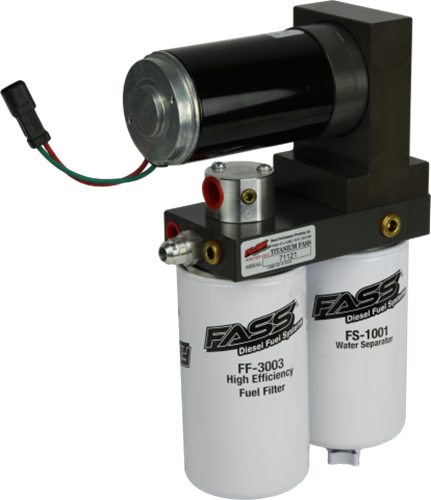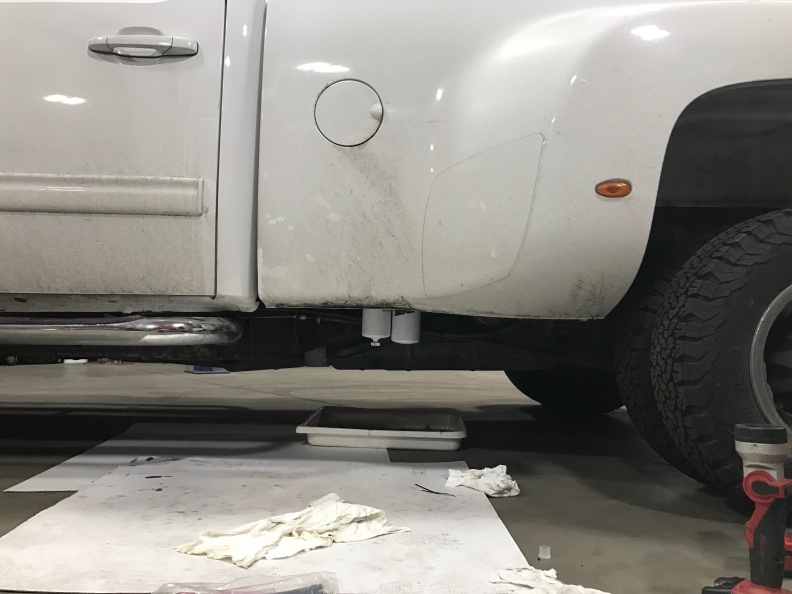

The horsepower required at the pump shaft to pump a specified flow rate against a specified TDH is the brake horsepower (BHP), which is calculated with the following formula:īHP – brake horsepower (continuous horsepower rating of the power unit)

However, the actual power required to run a pump will be higher than this because pumps and drives are not 100 percent efficient. Q = flow rate in gallons per minute (GPM) The power added to water as it moves through a pump can be calculated with the following formula: The implosion of numerous bubbles will eat away at an impeller and it eventually will be filled with holes.

Cavitation is the implosion of bubbles of air and water vapor and makes a very distinct Operating a pump with suction lift greater than it was designed for, or under conditions with excessive vacuum at some point in the impeller, may cause cavitation. To minimize the suction pipeline friction losses, the suction pipe should have a larger diameter than the discharge pipe. However, due to suction pipeline friction losses, a pump rated for a maximum suction head of 13 feet effectively may lift water only 10 feet. For example, if a pump requires a minimum NPSH of 20 feet, the pump would have a maximum suction head of 13 feet. The NPSH curve will increase with increasing flow rates through the pump.Īt a certain flow rate, the NPSH is subtracted from 33 feet to determine the maximum suction head at which that pump will operate. Through controlled laboratory tests, manufacturers determine the NPSH curve for their pumps. The theoretical maximum height that water can be lifted using suction is about 33 feet. An allowable limit to the suction head on a pump and the net positive suction head (NPSH) of a pump sets that limit. The suction head includes not only the vertical suction lift, but also the friction losses through the pipe, elbows, foot valves and other fittings on the suction side of the pump. Suction HeadĪ pump operating above a water surface is working with a suction head. This is a very small amount of energy and is usually negligible when computing losses in an irrigation system. Velocity head is the energy of the water due to its velocity. The friction head for a piping system is the sum of all the friction losses. Values for these losses can be calculated or obtained from friction loss tables. Loss of head due to friction occurs when water flows through straight pipe sections, fittings or valves around corners and where pipes increase or decrease in size. The velocity of the water has a significant effect on friction loss. Pounds per square inch (PSI) and equivalent head in feet of water.įriction head is the energy loss or pressure decrease due to friction when water flows through pipe networks. Most city water systems operate at 50 to 60 PSI, which, as illustrated in Table 1, explains why the centers of most city water towers are about 130 feet above the ground. The pressure head at any point where a pressure gauge is located can be converted from PSI to feet of head by multiplying by 2.31.įor example, 20 PSI is equal to 20 times 2.31, or 46.2 feet of head. Center pivot systems require a certain pressure at the pivot point to distribute the water properly. Sprinkler and drip irrigation systems require pressure to operate. When pumping from an open water surface, it would be the total vertical distance from the water surface to the discharge point.
#What all do i need for fass lift pump install plus#
When pumping from a well, it would be the distance from the pumping water level in the well to the ground surface, plus the vertical distance the water is lifted from the ground surface to the discharge point. The total static head is the vertical distance the pump must lift the water. The components of the total static head for a surface water and well water pumping system are shown. The total dynamic head (TDH) is the sum of the total static head, total friction head and pressure head. An explanation of these terms follows and is shown graphically in Figure 1.įigure 1. The total dynamic head of a pump is the sum of the total static head, pressure head, friction head and velocity head. The total head of a pump is composed of several types of heads that help define the pump’s operating characteristics. Pressure and head are interchangeable concepts in irrigation because a column of water 2.31 feet high is equivalent to 1 pound per square inch (PSI) of pressure. Head refers to the height of a vertical column of water. “Head” is a term commonly used with pumps.


 0 kommentar(er)
0 kommentar(er)
